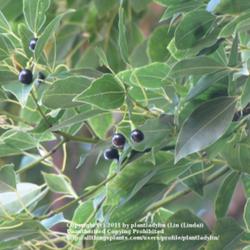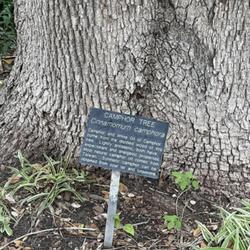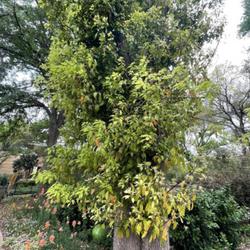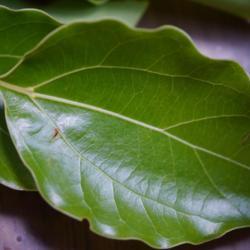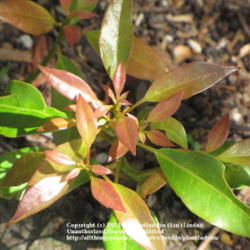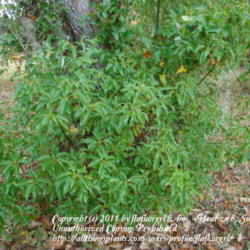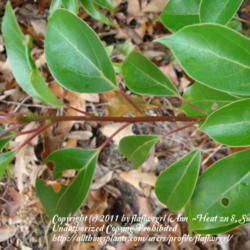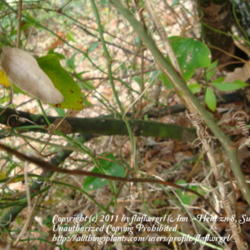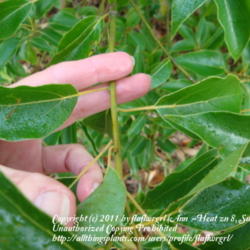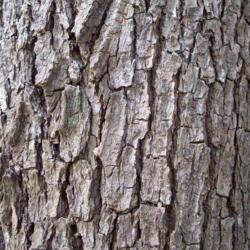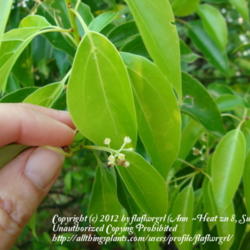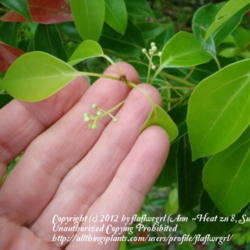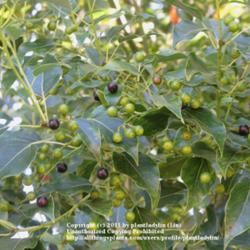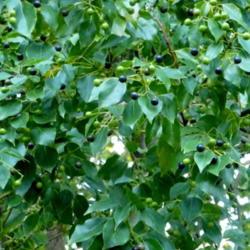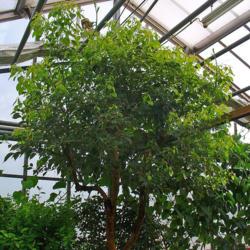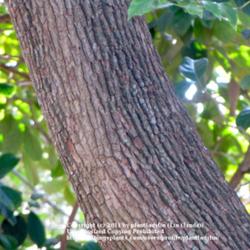| Plant Habit: | Tree |
| Life cycle: | Perennial |
| Sun Requirements: | Full Sun to Partial Shade |
| Water Preferences: | Mesic |
| Soil pH Preferences: | Strongly acid (5.1 – 5.5) |
| Minimum cold hardiness: | Zone 8a -12.2 °C (10 °F) to -9.4 °C (15 °F) |
| Plant Height: | 50 - 100 feet |
| Plant Spread: | 100 feet and wider |
| Leaves: | Good fall color Evergreen Fragrant |
| Fruit: | Showy Edible to birds |
| Flowers: | Inconspicuous |
| Flower Color: | White |
| Flower Time: | Spring |
| Suitable Locations: | Xeriscapic |
| Uses: | Windbreak or Hedge Shade Tree Will Naturalize |
| Wildlife Attractant: | Birds Butterflies |
| Propagation: Seeds: | Needs specific temperature: 68 degrees in a greenhouse & will take 1- 6 months Other info: remove pulp & plant with all haste as the seed does not remain viable for long CATEGORY 1 INVASIVE in Florida |
| Propagation: Other methods: | Cuttings: Stem Other: use semi ripe side shoots with a heel NOTE: THIS IS A CATEGORY 1 INVASIVE IN FLORIDA |
| Pollinators: | Flies |
| Containers: | Not suitable for containers |
| Conservation status: | Least Concern (LC) |


